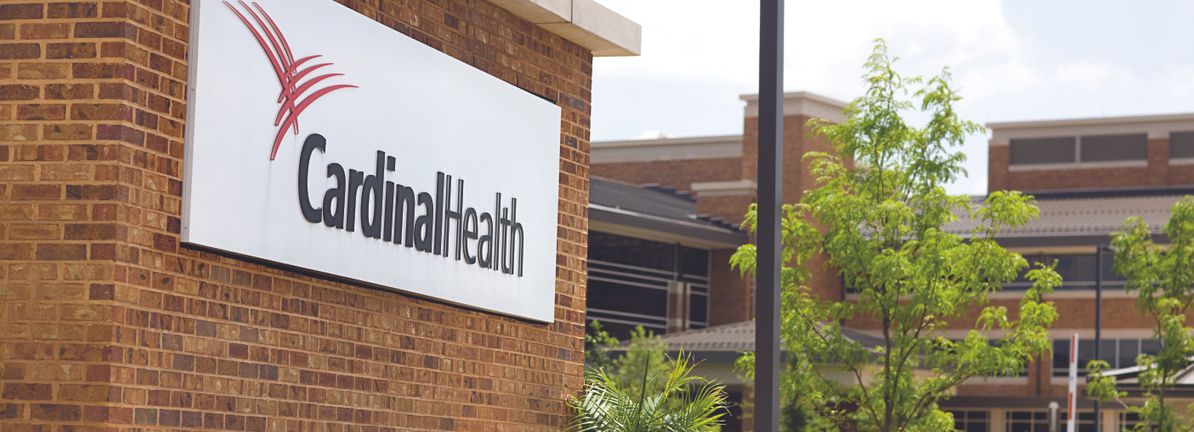The worst result, after buying shares in a company (assuming no leverage), would be if you lose all the money you put in. But on the bright side, you can make far more than 100% on a really good stock. Long term Cardinal Health, Inc. (NYSE:CAH) shareholders would be well aware of this, since the stock is up 222% in five years.
Now it’s worth having a look at the company’s fundamentals too, because that will help us determine if the long term shareholder return has matched the performance of the underlying business.
While the efficient markets hypothesis continues to be taught by some, it has been proven that markets are over-reactive dynamic systems, and investors are not always rational. One imperfect but simple way to consider how the market perception of a company has shifted is to compare the change in the earnings per share (EPS) with the share price movement.
During the five years of share price growth, Cardinal Health moved from a loss to profitability. Sometimes, the start of profitability is a major inflection point that can signal fast earnings growth to come, which in turn justifies very strong share price gains.
The image below shows how EPS has tracked over time (if you click on the image you can see greater detail).
NYSE:CAH Earnings Per Share Growth October 4th 2025
We know that Cardinal Health has improved its bottom line over the last three years, but what does the future have in store? If you are thinking of buying or selling Cardinal Health stock, you should check out this FREE detailed report on its balance sheet.
When looking at investment returns, it is important to consider the difference between total shareholder return (TSR) and share price return. Whereas the share price return only reflects the change in the share price, the TSR includes the value of dividends (assuming they were reinvested) and the benefit of any discounted capital raising or spin-off. It’s fair to say that the TSR gives a more complete picture for stocks that pay a dividend. In the case of Cardinal Health, it has a TSR of 265% for the last 5 years. That exceeds its share price return that we previously mentioned. This is largely a result of its dividend payments!
It’s good to see that Cardinal Health has rewarded shareholders with a total shareholder return of 40% in the last twelve months. Of course, that includes the dividend. That gain is better than the annual TSR over five years, which is 30%. Therefore it seems like sentiment around the company has been positive lately. Someone with an optimistic perspective could view the recent improvement in TSR as indicating that the business itself is getting better with time. It’s always interesting to track share price performance over the longer term. But to understand Cardinal Health better, we need to consider many other factors. Even so, be aware that Cardinal Health is showing 2 warning signs in our investment analysis , you should know about…
